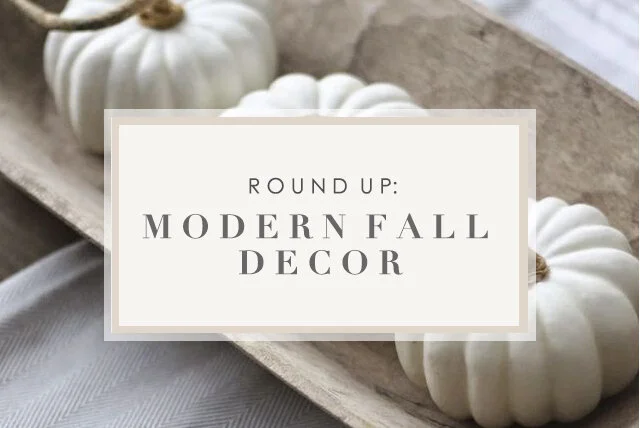This morning I cleaned my kitchen for the 342nd time this quarantine. I’m sure you can relate: suddenly we’re cooking 3 meals a day, maybe even snacks too and the dishes are CONSTANT. However I learned something amazing about one week into staying at home: that I could get my kitchen satisfyingly clean in 15 minutes if I followed the these steps. I’m not saying this is “eat off the floor” clean - it’s more like “not lose your mind” clean. The key to this is to be completely focused on cleaning the kitchen, no distractions - and one caveat: your dishwasher has to be empty and ready to receive dirty dishes. You have to move with efficiency here people! OK, lets light a candle, set the kitchen timer (for 15 minutes) and get to cleaning!
Clean kitchen inspiration from Jenni Kayne
S T E P 1: DISHES
Make a sweep of the house and put all dirty dishes, silverware, cups, mugs etc in the dishwasher. If full, start the dishwasher.
S T E P 2: POT & PANS
Anything that needs to be hand-washed goes in or near the sink (in our house that is pots, cutting boards, chef’s knives and wine glasses). Pots that need to be soaked get filled with hot soapy water. While they fill move on to the next step. Keep moving!
S T E P 3: JUNK
Any item that doesn’t belong in the kitchen gets moved into a different room to be dealt with later: mail, shoes, car keys, books.
S T E P 4: TRASH + RECYCLE
Take a loop through the kitchen and throw out any trash/place items in the recycling: scraps, bits of paper, beer cans, wine bottles. Bonus points if you compost!
S T E P 5: PANTRY ITEMS
Anything that does have a home in the kitchen but is not in that home, quickly put them away. For me that always seems to be putting the salt, pepper and olive oil back onto their designated tray, stashing the toaster in his cabinet, and placing pot lids back in their drawers. And since about week two of quarantine: putting the bottle of tequila back in the liquor cabinet.
C L E A N K I T C H E N
E S S E N T I A L S
S T E P 6: WIPE DOWN HORIZONTAL SURFACES
At this point most of your counters and your stovetop should be clear. Spray them with an all purpose cleaner and wipe them thoroughly. During quarantine I’ve alternated between my Murchison-Hume counter spray and Clorox wipes.
S T E P 7: START THE HANDWASHING
There should be about 5-8 minutes left on your timer after all of that. Get out your drying mat/drying rack/lay out a dishtowel on the counter and get scrubbing. If you’re lucky enough to have someone to help have them dry and put away as you wash. Otherwise let then airdry.
You should without much trouble be able to get through to Step 6 every time. What happens if the timer goes off while you’re in the middle of hand washing? You have a choice: keep going, or just stop. That may seem like a cop out but you’ve done enough. Walk away and finish up before the next meal. I promise the kitchen is now in far better shape than when you started and you can feel accomplished.
This post contains affiliate links. This means I may make a small commission if you end up clicking through and purchasing, at no extra cost to you. Please read my disclosure for more info.



































